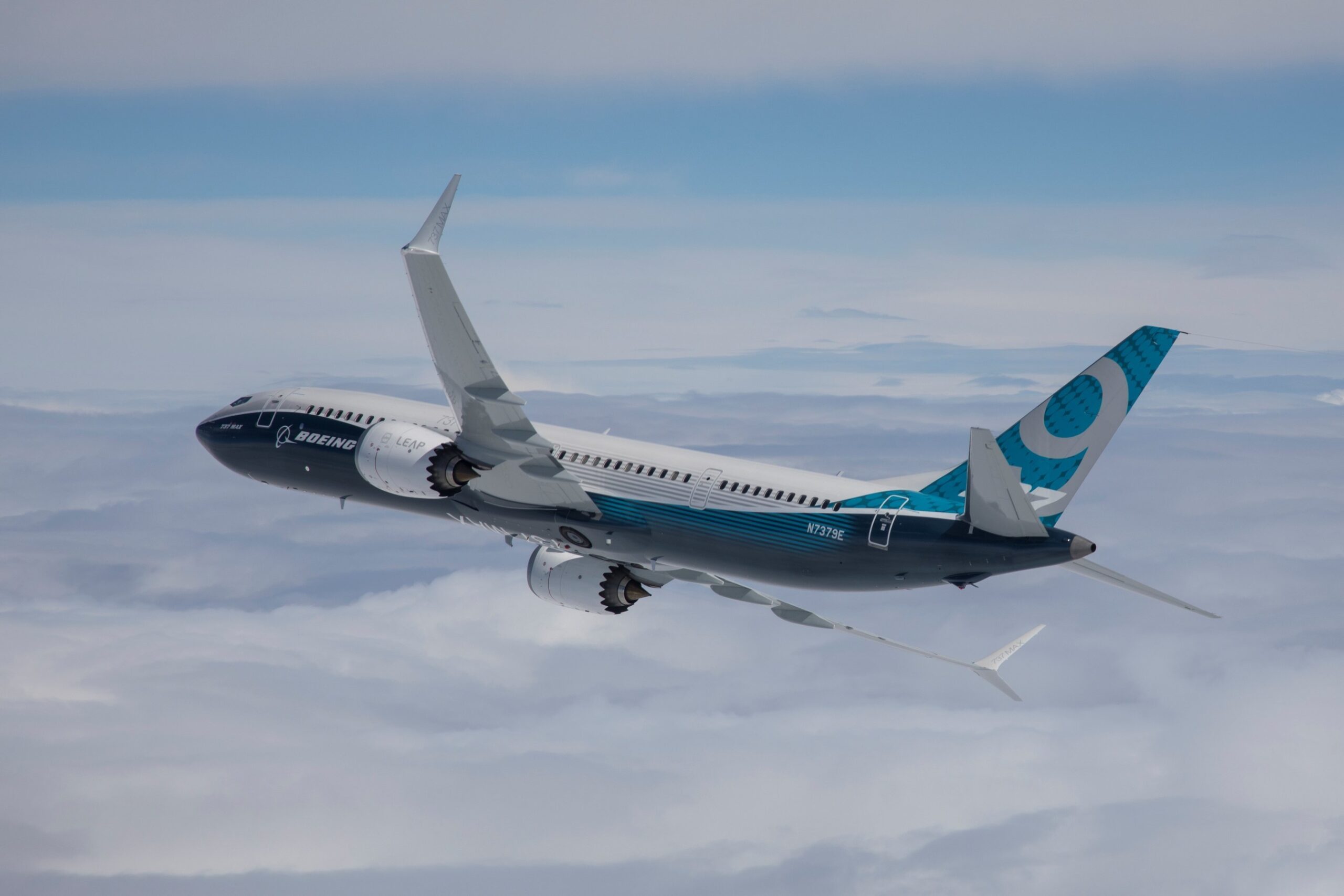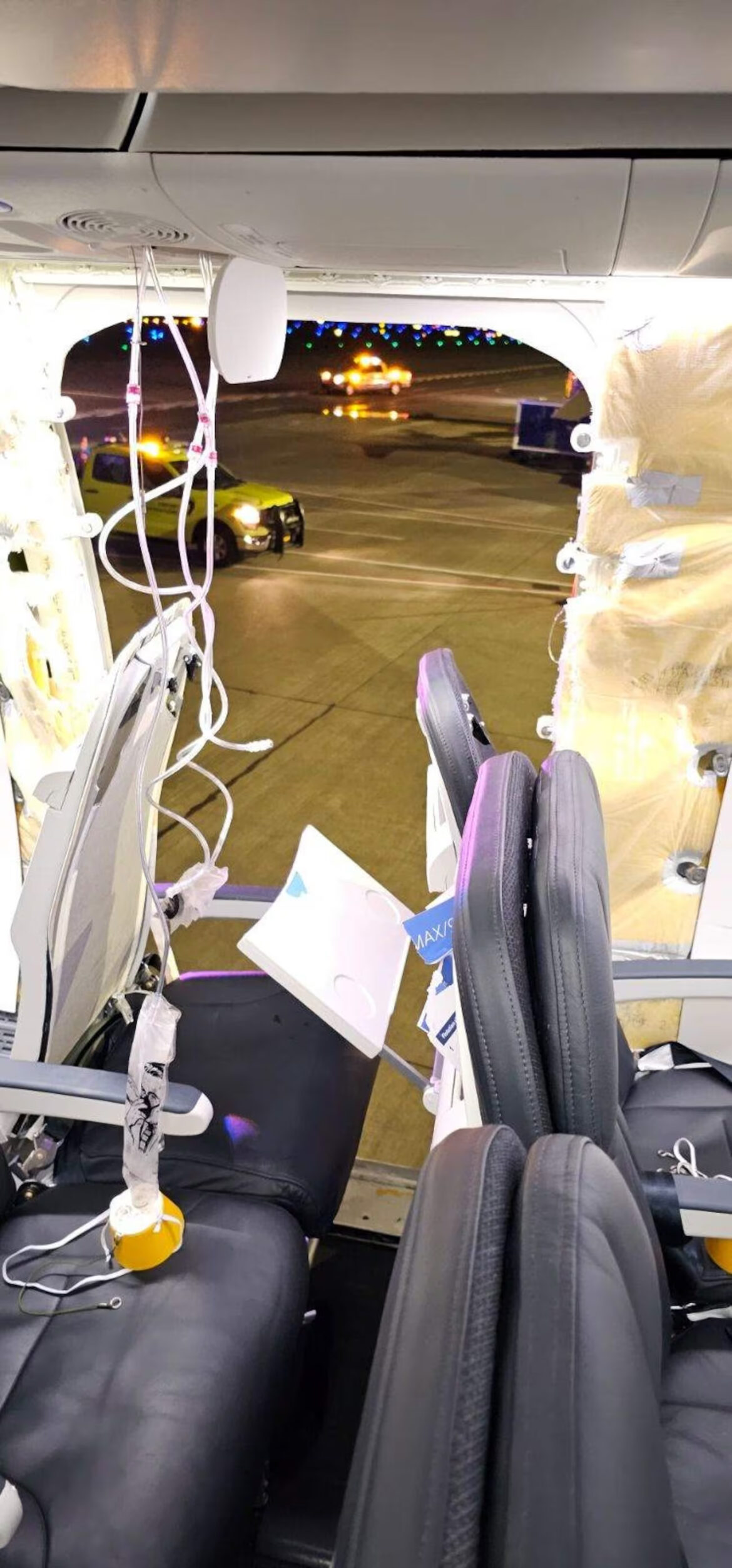Advertiser & Editorial Disclosure: The Bulkhead Seat earns an affiliate commission for anyone approved through the links below. This compensation may impact how and where links appear on this site. We work to provide the best publicly available offers to our readers. We frequently update them, but this site does not include all available offers. Opinions, reviews, analyses & recommendations are the author’s alone, and have not been reviewed, endorsed, or approved by any of these entities.
After Friday’s incident on Alaska Airlines AS1282, where the flight from Portland International Airport (PDX) to Ontario International Airport (ONT) was forced to return shortly after takeoff when part of its fuselage (a plugged emergency exit) separated, there are a lot of questions around what happened and if other aircraft could experience the same issues. While the FAA has ordered these planes be grounded until they are inspected (more here), many people are wondering what’s next and which airlines actually operate these planes.
The Boeing 737 MAX 9 aircraft is the second largest in the MAX family. It has not been nearly as popular as the 737 MAX 8 and many carriers have opted for that type. The 737 MAX 9 was certified in 2018 and there are more than 200 flying globally. Many of them have been purchased by low-cost carriers and they are flying in a configuration where the door in question was not plugged, but is in use due to capacity.

Last month, Boeing asked airlines operating its 737 MAX aircraft to inspect them for possible loose bolts in the rudder control system. This comes after two fatal incidents with the 737 MAX 8 back in 2018 and 2019.
Lion Air flight JT610 was scheduled to fly domestically within Indonesia, but it crashed into the Java Sea 13 minutes after takeoff (all 189 passengers and crew were killed). This was tied to a design flaw involving the maneuvering characteristics augmentation system (MCAS) of the MAX series. The United States Federal Aviation Administration (FAA) and Boeing issued warnings and advised all operators of the MAX series of the MCAS potential issues. These advisories were not fully implemented that year and its believed that this flaw was also involved in the crash of Ethiopian Airlines flight ET302 in March 2019. That one caused the grounding of all MAX aircraft globally.
Airlines Flying the Boeing 737 MAX 9
- Aeromexico
- Air Algérie (ordered, but not yet in service)
- Air Tanzania
- Alaska Airlines
- Copa Airlines
- FlyDubai
- Greater Bay Airlines (ordered, but not yet in service)
- Icelandair
- Lion Air
- SCAT Airlines
- Turkish Airlines
- United Airlines
Anthony’s Take: We’ll have to wait and see if anything is discovered across these aircraft or if this was a one-off issue. Airlines are responding quickly and the FAA, NTSB, and Boeing are all active here.
(Image Credit: Paul Weatherman.)
(Featured Image Credit: KPTV.)
User Generated Content Disclosure: The Bulkhead Seat encourages constructive discussions, comments, and questions. Responses are not provided by or commissioned by any bank advertisers. These responses have not been reviewed, approved, or endorsed by the bank advertiser. It is not the responsibility of the bank advertiser to respond to comments.
Advertiser & Editorial Disclosure: The Bulkhead Seat earns an affiliate commission for anyone approved through the links above This compensation may impact how and where links appear on this site. We work to provide the best publicly available offers to our readers. We frequently update them, but this site does not include all available offers. Opinions, reviews, analyses & recommendations are the author’s alone, and have not been reviewed, endorsed, or approved by any of these entities.

1 comment
DO NOT FLY ALASKA AIRLINES ! Most of their planes are the 737 MAX 9 jets.